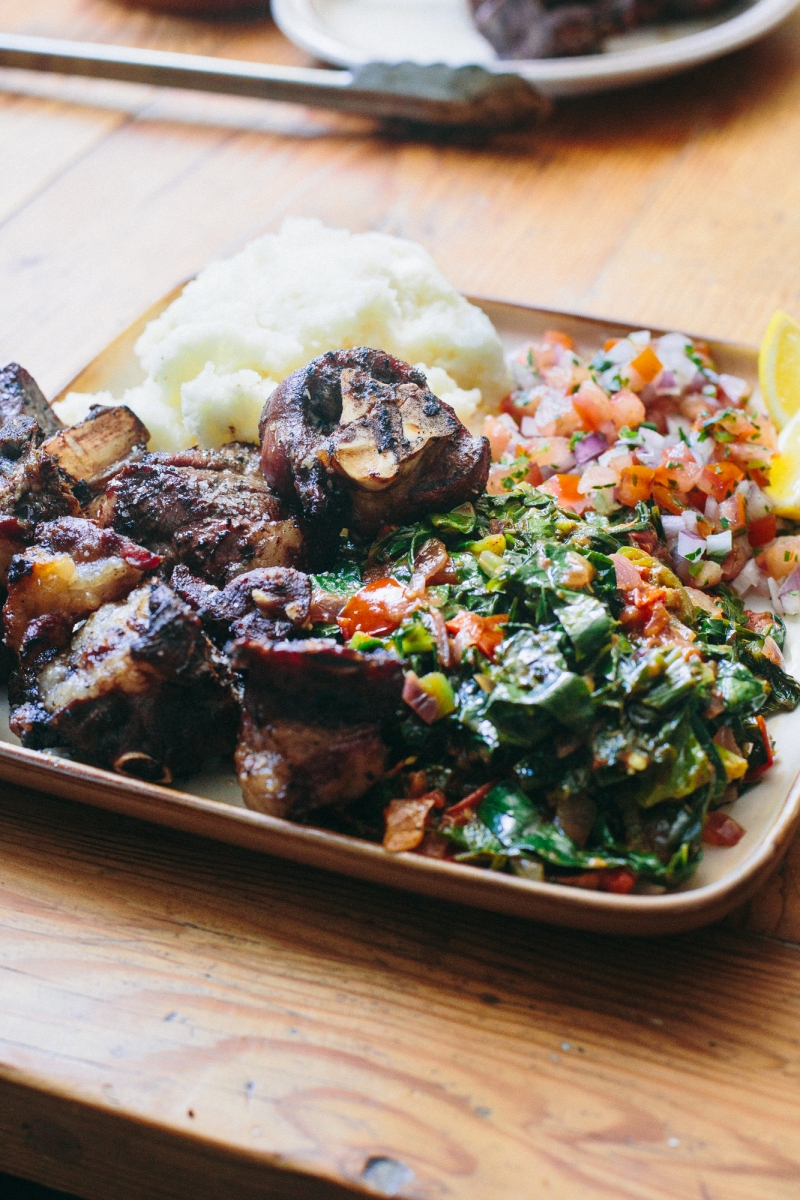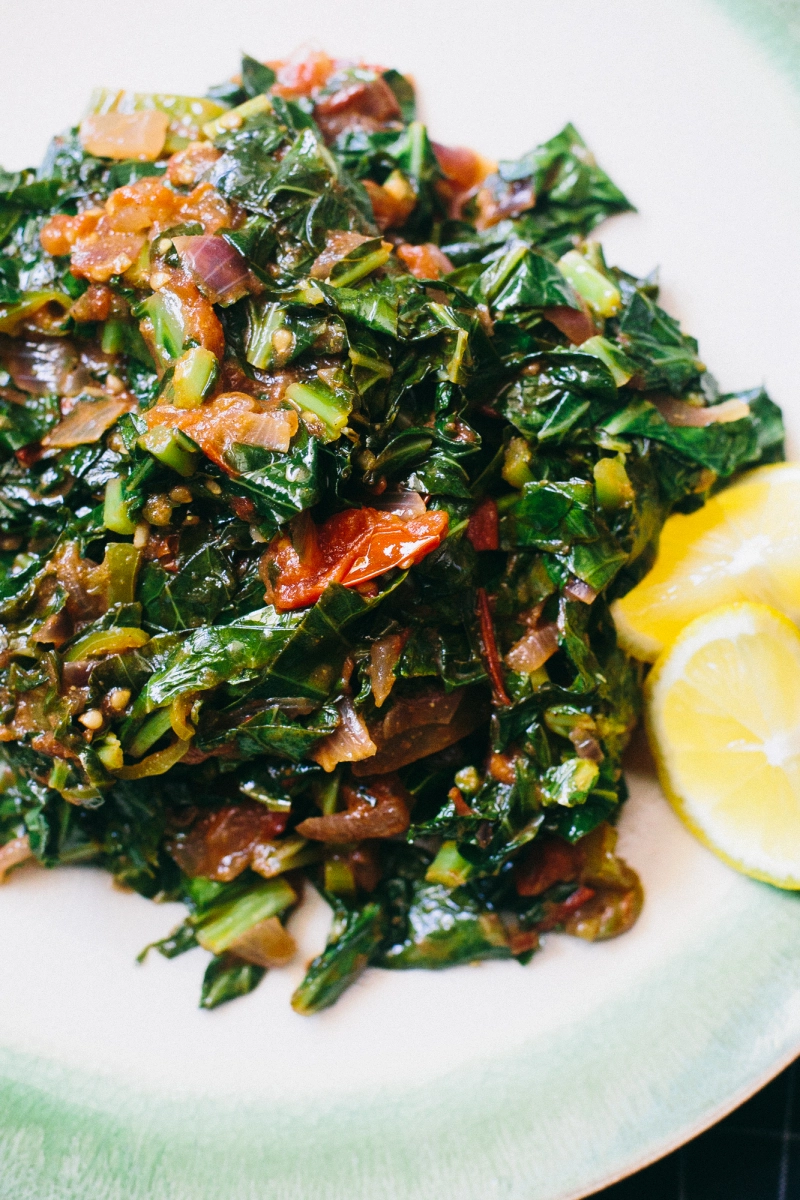
Hi everyone, I hope you’re doing well. I’m still around, just haven’t been posting. I visited this site the other day and noticed that the most recent recipe was for a ButcherBox promotion back around Thanksgiving, and and it kind of bothered me. So I thought I would post a new recipe to at least push that one down a bit in the stream.
I developed this recipe when writing The Heritage Cookbook, but I ended up with too many recipes from the Caribbean, and so it didn’t make the final cut. But it’s still a simple, delicious recipe, with some subtle tropical notes that bring sunshine to your plate. There’s a lot of flexibility here; if you cannot find breadfruit or callaloo locally, I’ve included some more conventional substitutes.
I recommend eating this dish with your hands. It’s worth it.









